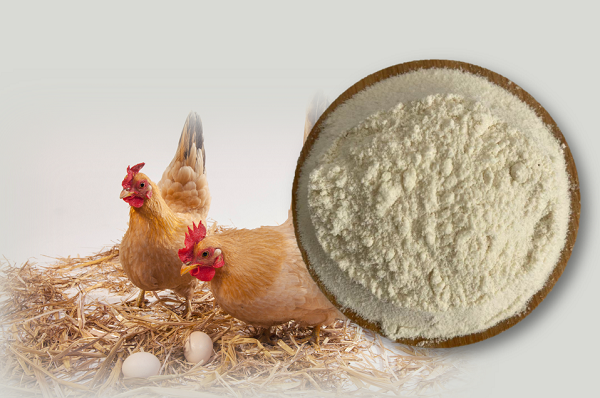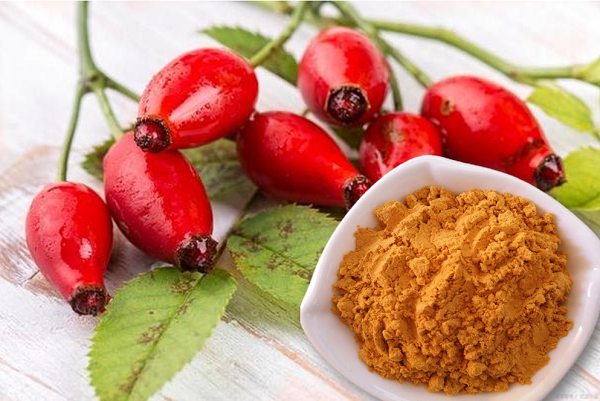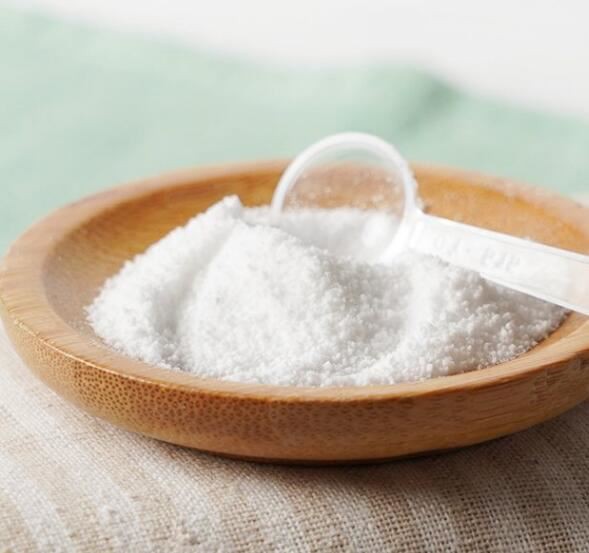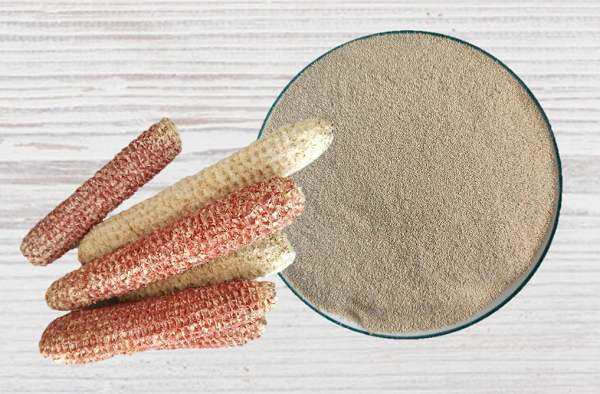Follow Us:
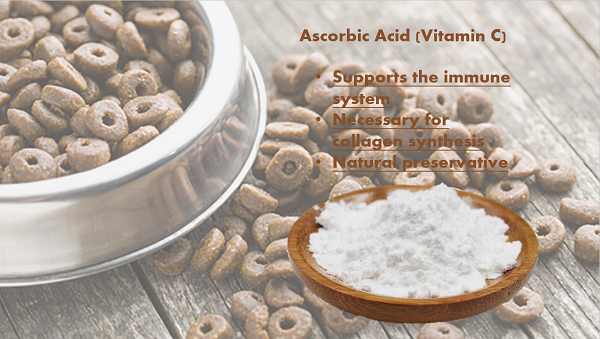
Why Ascorbic Acid (Vitamin C) is in Pet Food Ingredients: Pet Food Suppliers
The ascorbic acid (Vitamin C) CAS Number is 50-81-7. GREEN AGRI Use Modern microbial fermentation using genetically modified bacteria or yeast to convert glucose into ascorbic acid. As a Pet food ingredients supplier, greenagribio.com offers customers FOB prices.
The inclusion of ascorbic acid (Vitamin C) in pet food is essential for maintaining pet health, supporting the immune system, preserving food quality, and enhancing overall well-being.
The Forms of Ascorbic Acid in Pet Food
Ascorbic Acid is available in different forms for Pet food applications:
- Pure Ascorbic Acid (Powder or Crystals)
- Sodium Ascorbate (CAS 134-03-2) – More stable than pure ascorbic acid.
- Calcium Ascorbate (CAS 5743-27-1) – Buffered and gentler on digestion.
- Ascorbyl Palmitate (CAS 137-66-6) – A fat-soluble derivative used in pet supplements.
(TDS) – Ascorbic Acid (Vitamin C) Powder
| Product Name | Wholesale Ascorbic Acid (Vitamin C) Powder |
| CAS Number | 50-81-7 |
| Chemical Formula | C₆H₈O₆ |
| Molecular Weight | 176.12 g/mol |
| Appearance | White or slightly yellow crystalline powder |
| Assay (Purity) | ≥ 99.0% |
| Solubility | Soluble in water (33g/100mL at 25°C) |
| pH (5% solution) | 2.1 – 2.6 |
| Melting Point | 190 – 192°C |
| Loss on Drying | ≤ 0.4% |
| Residue on Ignition | ≤ 0.1% |
| Heavy Metals (as Pb) | ≤ 10 ppm |
| Lead (Pb) | ≤ 2 ppm |
| Arsenic (As) | ≤ 3 ppm |
| Cadmium (Cd) | ≤ 1 ppm |
| Mercury (Hg) | ≤ 0.1 ppm |
| Storage Conditions | Store in a cool, dry place, away from direct sunlight and moisture |
| Shelf Life | 24 months under proper storage conditions |
| Packaging | 25 kg drum/bag or customized packaging available |
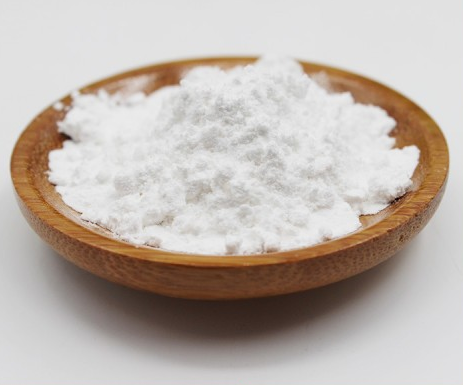
(SDS) – Ascorbic Acid (Vitamin C) Powder
| Section | Description |
| 1. Identification | Ascorbic Acid (Vitamin C) Powder, CAS No. 50-81-7 |
| 2. Hazard Identification | Not classified as hazardous under GHS |
| 3.Composition/Information on Ingredients | Pure Ascorbic Acid, ≥ 99.0% |
| 4. First Aid Measures | Inhalation: Move to fresh air if irritation occurs. Skin Contact: Wash with water. Eye Contact: Rinse with plenty of water. Ingestion: Rinse mouth with water; seek medical attention if necessary. |
| 5. Fire-Fighting Measures | Use water spray, foam, dry chemical, or CO₂. Non-flammable. |
| 6. Accidental Release Measures | Sweep up and dispose of in accordance with local regulations. Avoid dust formation. |
| 7. Handling & Storage | Keep container tightly closed. Store in a cool, dry place away from light, heat, and moisture. |
| 8. Exposure Controls / PPE | Use dust mask, safety goggles, and gloves if handling in large quantities. |
| 9. Physical & Chemical Properties | White crystalline powder, pH: 2.1 – 2.6 (5% solution), soluble in water. |
| 10. Stability & Reactivity | Stable under normal conditions but decomposes under high temperatures and exposure to air. |
| 11. Toxicological Information | Non-toxic under normal use. LD50 (oral, rat): 11,900 mg/kg. |
| 12. Ecological Information | Readily biodegradable. Low environmental impact. |
| 13. Disposal Considerations | Dispose of in accordance with local regulations. |
| 14. Transport Information | Not classified as hazardous for transport. |
| 15. Regulatory Information | Complies with FDA, USP, FCC, and EU food regulations. |
| 16. Other Information | For industrial and food use. |
What is The Solubility of Ascorbic Acid (vitamin C) in Pet Food Formulations?
1. Water Solubility: ~33g/100mL at 25°C (highly soluble)
2. Fat Solubility: Poor (not soluble in oils or fats)
3. Best Form for Water-Based Pet Supplements: Pure Ascorbic Acid or Sodium Ascorbate
4. Best Form for Fat-Based Pet Supplements: Ascorbyl Palmitate (a fat-soluble derivative)
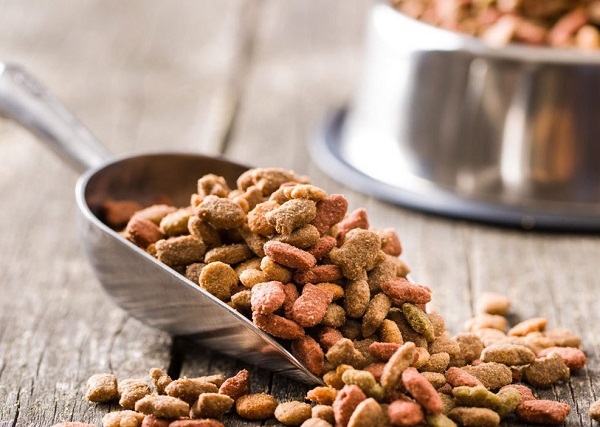
How is The Ascorbic Acid Stability in Pet Food Processing?
Ascorbic Acid is sensitive to heat, light, and oxygen, affecting its stability in pet formulations:
1. Dry Kibble & Treats: Degrades significantly during high-temperature extrusion. Encapsulated or stabilized forms (Calcium Ascorbate, Sodium Ascorbate) are better choices.
2. Canned & Wet Pet Food: Moderate stability but can degrade over time due to heat and storage conditions.
3. Liquid Supplements: Requires pH control and antioxidant protection (e.g., combined with Vitamin E) to prevent oxidation.
4. Freeze-Dried & Raw Diets: Best preserved when added in post-processing or as a coated ingredient.
Formulation Tip for Pet Food Suppliers
- Use coated Ascorbic Acid or encapsulated Vitamin C to improve stability in kibble or wet food.
- For liquid supplements, combine with stabilizers to prolong shelf life.
- Use Calcium Ascorbate or Sodium Ascorbate in pet food for better stability compared to pure Ascorbic Acid.
Contact Us For Wholesale Orders
Get the MOQ, shipping and packaging now. For ascorbic acid Vitamin C powder price, please contact us by email: info@greenagribio.com
Also See
- Superfood Baobab Powder for Dog: Pet Food Ingredient
- Why Add Beta-Carotene (Vitamin A) Powder in Pet Food
- Mint Powder Breath Freshening Dog Treats: Pet Ingredient Suppliers
- Pet Food Ingredient: Bulk Ashwagandha Powder
- Why Oat Beta-Glucan Used as a Dietary Supplement for Pet
- Sweet Potato Powder For Dogs: Pet Food Ingredients Supplier
- How to Use Green Tea Extract Decaf in Pet Food
- What Mushroom Supplement is Best for Your Pet
- Pet Food Ingredient: Bulk Ashwagandha Powder
- Is MSM Safe for Animals? Ingredient Guide
- Why Add Vitamin E Powder in Animal Nutrition













